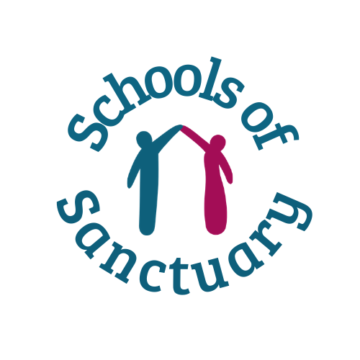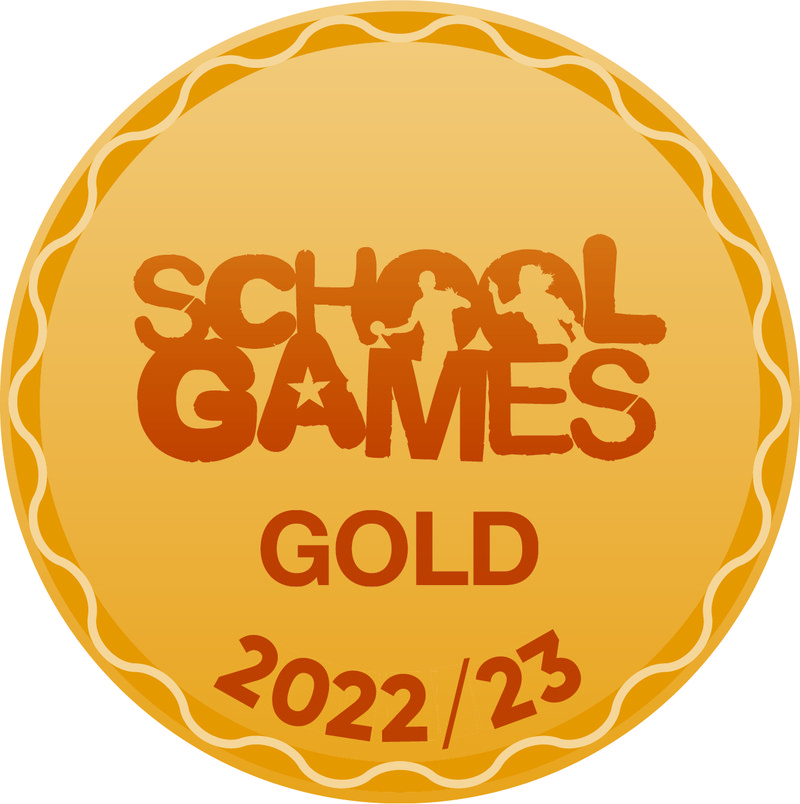Computing
Our Computing leader is Mrs Rachel Woodier

Intent
At our school we want pupils to be MASTERS of technology and not slaves to it. Technology is everywhere and will play a pivotal part in students’ lives. Therefore, we want to model and educate our pupils on how to use technology positively, responsibly and safely. We want our pupils to be creators not consumers and our broad curriculum encompassing computer science, information technology and digital literacy reflects this.
We want our pupils to understand that there is always a choice with using technology and as a school we utilise technology (including social media) to model positive use. We recognise that the best prevention for a lot of issues we currently see with technology/social media is through education.
We recognise that technology can allow pupils to share their learning in creative ways. We also understand the accessibility opportunities technology can provide for our pupils. Our knowledge rich curriculum has to be balanced with the opportunity for pupils to apply their knowledge creatively which will in turn help our pupils become skilful computer scientists.
We encourage staff to try and embed computing across the whole curriculum to make learning creative and accessible. We want our pupils to be fluent with a range of tools to best express their understanding and hope by Upper Key Stage 2, children have the independence and confidence to choose the best tool to fulfil the task and challenge set by teachers.
Implementation
Children experience purposeful computing lessons each week, this allows them sufficient time to practice their knowledge and skills. Recalls of knowledge and skills throughout the embedding of technology in the rest of the curriculum will ensure these are consolidated in long-term memory.
Following the Teach Computing Curriculum, each unit has been built around an innovative progression framework where computing content has been organised into interconnected networks. See the Curriculum Journey PDF for the progression throughout KS1 to KS4.
How does the computing curriculum reflect our school values and ethos?
Our Computing curriculum teaches and encourages children to work as part of a team to solve, analyse and evaluate problems. A major component of our Computing curriculum is Digital Literacy, in which we equip children with the knowledge they need to keep themselves and others safe online. This is partly covered in computing lessons, but more often focussed on in our safeguarding lessons. We also do this in part with our focus days from the NSPCC on safety and being safe online and with technology in school, in the community and at home.
How is Computing enabled in the Early Years?
In Early Years, computing is enabled through, for example: providing safe equipment to play with, such as torches, radios or karaoke machines. When out in the locality, asking children to help to press the button at the pelican crossing (holding the button underneath for additional sensory processing), speaking into an intercom in a doorway; providing a range of programmable toys, as well as equipment involving ICT, such as computers, bee-bots and iPads with specific IT programs and software installed. Our Computing curriculum prepares all our children for the ever changing world of technology and enables children to become digitally literate thus readying them for the future workplace and as active participants in a digital world.
Specific outcomes are set for EYFS as we believe that Computing should be taught throughout the whole school, starting from the very beginning. EYFS have access to the class set of ipads to be practicing their skills and meeting the Glusburn Curriculum objectives.
Special Educational Needs and Disability
We recognise that pupils with SEND have a range of different needs and starting points. Some of our pupils have severe, complex or profound needs that have a significant impact on their cognitive development, especially the way that they are able to make alterations to their long-term memory.
Teachers are ambitious for all pupils including those with SEND, developing and adapting the curriculum so that it is coherently sequenced to all pupils’ needs, starting points and aspirations for the future; acquiring the knowledge and cultural capital they need to succeed in life. Specific programs and software is used for pupils with SEND in order for them to access the curriculum most appropriate for them. Classroom IPADS are enabled with appropriate APPS to support all learning and learners.
UNCRC ARTICLE 23: A child with a disability has the right to live a full and decent life in conditions that promote dignity, independence and an active role in the community.
Impact
We encourage our children to enjoy and value the curriculum we deliver. We will constantly ask the WHY behind their learning and not just the HOW. We want learners to discuss, reflect and appreciate the impact computing has on their learning, development and well-being. Finding the right balance with technology is key to an effective education and a healthy life-style. We feel the way we implement computing helps children realise the need for the right balance and one they can continue to build on in their next stage of education and beyond. We encourage regular discussions between staff and pupils to best embed and understand this.
The way pupils display, share, celebrate and publish their work will best show the impact of our curriculum. We also look for evidence through reviewing pupil’s knowledge and skills digitally. Progress of our computing curriculum is demonstrated through outcomes and the record of coverage in the process of achieving these outcomes.
Curriculum and Curriculum Journey









